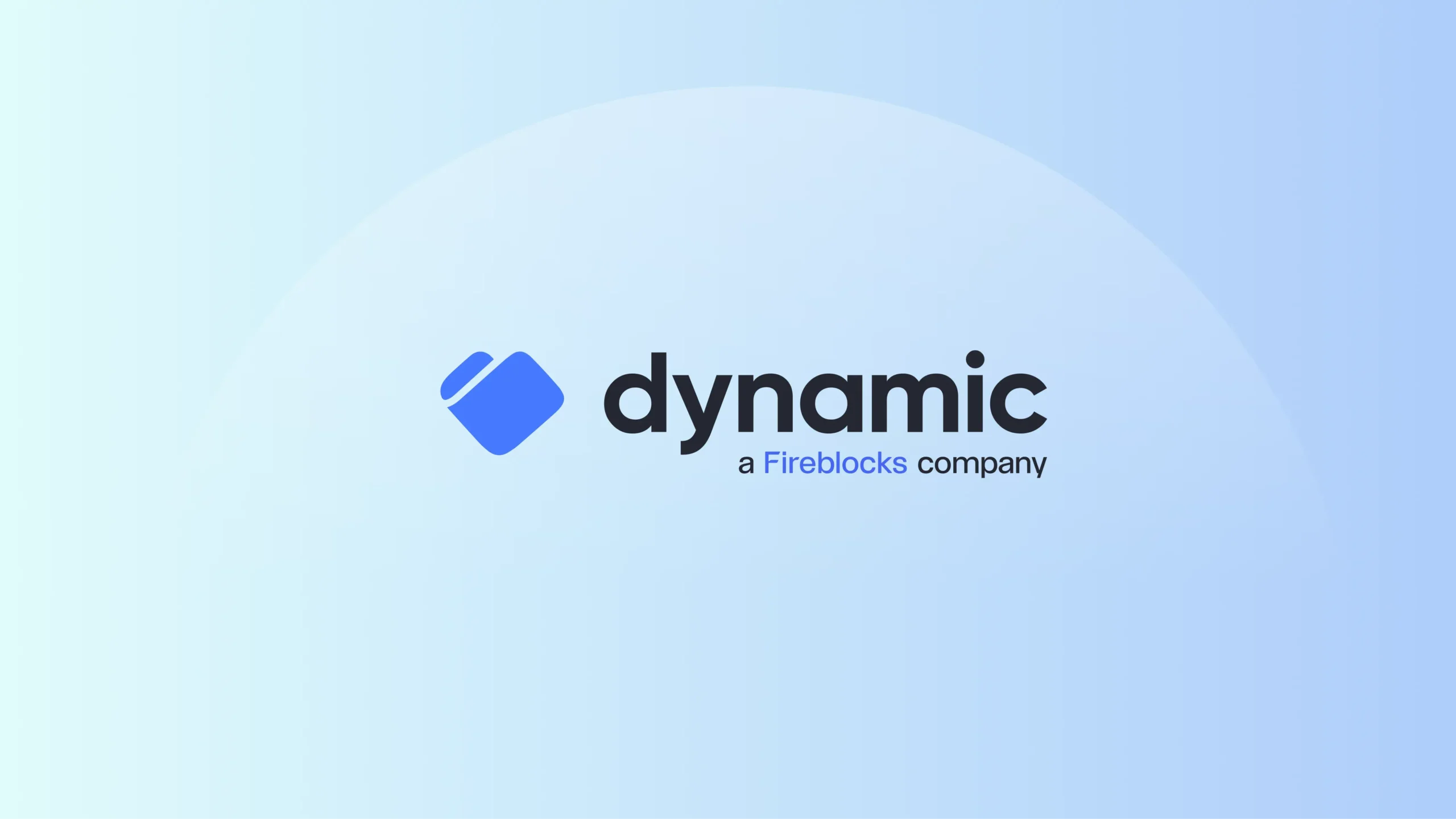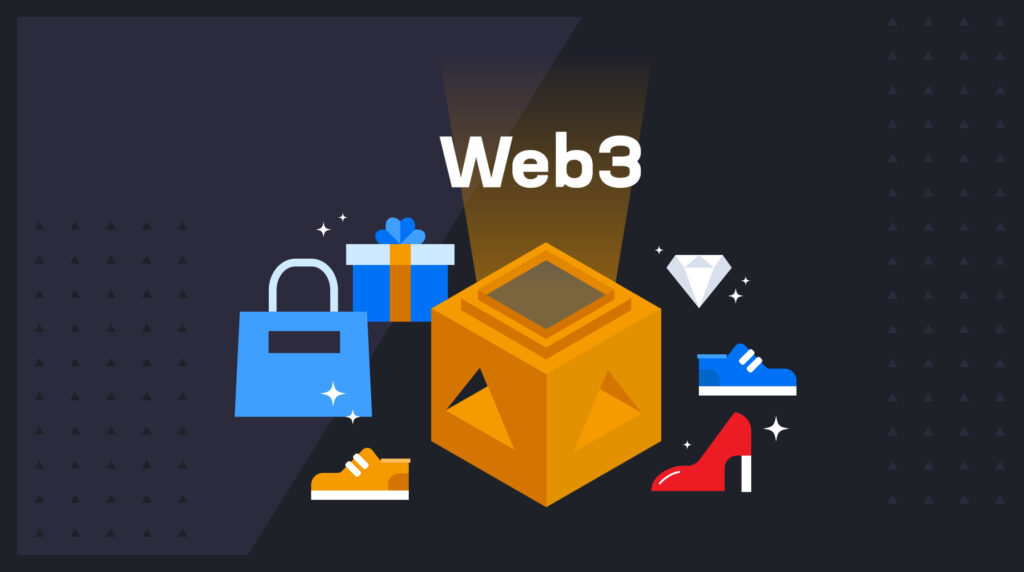Web3 is top-of-mind for many marketing and customer experience team in 2023. Multiple high profile companies such as Nike, Spotify, Gucci, have already launched Web3 initiatives.
Web3 has unique characteristics that offer brands and sports organizations a new way to engage with customers, users, and fans through loyalty programs. At the same time, it helps organizations cater to different demographics and directly monetize these efforts.
However, finding a way to engage with web3 is often not straightforward, and the most common questions we get asked usually revolve around use cases.
In this blog, we will discuss some common Web3 use cases that brands and sports organizations can consider when developing their own Web3 and digital asset strategy.
What is Web3 in a brand or sports organization context
Web3 is a ubiquitous term that has many definitions but generally speaking, Web3:
- Represents direct, individual ownership of assets and experiences that take advantage of blockchain technology
- Is centered around community building
- Does not equate to crypto, and as a matter of fact, many Web3 companies try to avoid handling crypto (read more)
Most Web3 use cases revolve around the usage of non-fungible tokens (NFTs), which are token-based, digital representations of ownership and the rights associated with that ownership. Some examples in the market include Nike’s .SWOOSH, Tiffany’s Cryptopunk pendants, and NBA Top Shot.
Brands and sports organizations can use NFTs to provide better aligned customer, user, and fan experiences, as it allows end users to either feel more involved with the brand, get better access to offers or experiences, or receive rewards with more utility than traditional marketing offers. These experiences can also be accurately tracked and monetized through higher sales engagement or monetizing the secondary market value of those experiences. For example, Nike has generated over $180 million from their Web3 NFT efforts through primary sales and secondary market royalties.
How can brands or sports organizations utilize Web3?
There are currently three main areas that brands can focus on when it comes to Web3:
1. Tokengating Rewards & Experiences (Loyalty Program)
NFTs enable organizations to revamp their loyalty and rewards programs as they can now create community-based experiences with users and fans by giving them a tangible digital reward. This NFT-based reward can then be used to provide access to exclusive offers or events, create engagement based on usage or ownership, track the provenance and usage of discount offers, and cater to different age demographics.
2. Collectibles & Merchandising
This is arguably the easiest way to engage with customers, users and fans. There are already well-documented adoption here, especially when it comes to sports franchises. These use cases include:
- Digital art, trading cards, or collectibles (e.g. NBA Top Shot)
- Selling digital merchandise for the metaverse or avatars (e.g. Nike)
- Fan tokens for voting on franchise issues (e.g. FC Barcelona Fan Token)
3. Digital Twins
Creating a digital twin means creating an NFT that is linked to a physical, real-world object and the ownership of that real-world asset is based on ownership of the NFT itself. This is a popular use case for luxury goods or any products with active secondary markets, which allows for provenance and ownership to be clearly tracked. Brands can build proprietary NFT-powered secondary product marketplaces with built-in royalties


